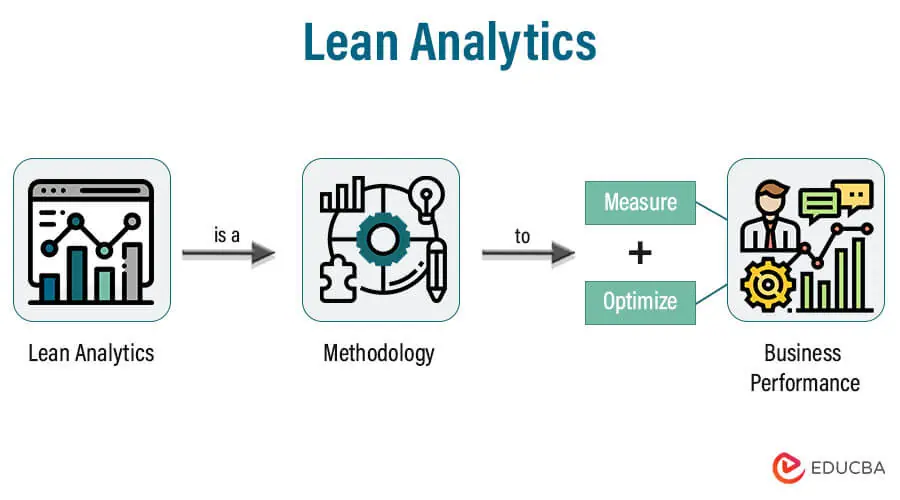Lean Analytics
What is Lean Analytics?
Definition:
Lean Analytics is an approach to business management and decision-making that emphasizes the use of data and metrics to gain insights, validate assumptions, and optimize processes. Derived from the principles of Lean Startup methodology, Lean Analytics focuses on identifying the key metrics that matter most to a business and using them to make informed and efficient decisions. This approach is particularly valuable for startups and small businesses seeking to validate hypotheses, measure progress, and adapt their strategies based on real-time data.
Analogy:
Think of Lean Analytics as the dashboard of a high-performance car. Just as a driver relies on real-time data from the dashboard to make informed decisions about speed, fuel, and engine performance, businesses leverage Lean Analytics to monitor crucial metrics and steer their strategies in the right direction.
Further Description:
Lean Analytics involves several key components:
Identifying Key Metrics: Determine the critical metrics that align with business goals. These metrics may vary depending on the business model, industry, and specific objectives.
Validating Assumptions: Use data to test and validate assumptions about the target market, customer behavior, and product-market fit. This iterative process helps in making data-driven adjustments.
Build-Measure-Learn: Follow the Build-Measure-Learn feedback loop, a fundamental concept of Lean Analytics. Build a minimum viable product (MVP), measure its performance using key metrics, and learn from the data to iterate and improve.
Pirate Metrics (AARRR): Adopt the AARRR framework, also known as Pirate Metrics—Acquisition, Activation, Retention, Referral, and Revenue. These metrics provide a comprehensive view of the customer lifecycle.
One Metric That Matters (OMTM): Identify the One Metric That Matters— the single most important metric that aligns with the current business focus. This helps in maintaining clarity and focus amid the multitude of available metrics.
Actionable Analytics: Prioritize actionable insights over vanity metrics. Focus on data that directly informs decision-making and contributes to achieving business objectives.
Why is Lean Analytics Important?
Efficient Resource Allocation: By focusing on key metrics, businesses can allocate resources efficiently, directing efforts toward activities that have the most significant impact on success.
Rapid Iteration and Adaptation: Lean Analytics encourages a rapid and iterative approach to product development and business strategy. Continuous learning and adaptation lead to quicker adjustments based on market feedback.
Risk Reduction: Data-driven decision-making reduces the risks associated with assumptions and uncertainties. It helps businesses avoid investing significant resources in strategies that may not resonate with the market.
Customer-Centric Approach: Lean Analytics places a strong emphasis on understanding customer behavior and preferences, ensuring that business decisions are aligned with customer needs.
Scalability: The principles of Lean Analytics are scalable, making them applicable to startups as well as established businesses looking to optimize their operations and strategies.
Examples and Usage:
Dropbox: Dropbox used Lean Analytics to validate its assumption that users would be interested in cloud storage. The company initially created a simple explainer video to gauge interest, and based on the positive response, they proceeded to develop the product.
Airbnb: Airbnb leveraged Lean Analytics during its early stages to understand user behavior and improve the user experience. Through iterative testing and data analysis, the company refined its platform based on real user feedback.
Buffer: Buffer, a social media management platform, employed Lean Analytics to identify the most impactful features and optimize user engagement. This approach allowed Buffer to iterate quickly and adapt to evolving user needs.
Key Takeaways:
- Identify and prioritize the key metrics that align with business goals.
- Embrace an iterative Build-Measure-Learn feedback loop to continuously improve products and strategies.
- Adopt the AARRR framework to gain a comprehensive understanding of the customer lifecycle.
- Determine the One Metric That Matters to maintain clarity and focus.
- Prioritize actionable insights over vanity metrics to inform strategic decision-making.





